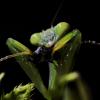While over at my grandmothers house for Thanksgiving, I decided to flip over some rotting boards that were leaning against a higher area in here front yard. I flipped the first one, saw some Solenopsis invicta and some Monomorium minimum, but I also saw a Dekay's Snake. Next one, more of the same, minus the snake. The last one, the smallest one, the smallest one housed four ant colonies, a massive colony of Solenopsis molesta or a related species, a large colony of Monomorium minimum, a small colony of Nylanderia sp., but the only colony that interested me was a large colony of Cyphomyrmex rimosus. Of all the ants I could have seen hat day, that was one I had no clue I would find! Now I've seen this species before in my neighborhood, but I've only seen a few foraging workers, nothing else. I guess I was lucky! I came back to the garage to check for the queen, and there was no queen. Disappointed, I went back to check if I missed anything. I dug and found a few workers, but no fungus or anything. I pulled back another log that was next to this one, and I found another chamber! This one had lots and lots of fungus, more than the first chamber! I collected everything in this chamber and came back to look for the queen. I looked for a few minutes, and there she was! Small, but she still stood out against her daughters. I was good to go! When I got them home, I made them an out world out of an old soda bottle, I plan to use soda bottles for out worlds from now on. I used the old setup for my Camponotus castaneus colony for their nest with the first six chambers open plus their hydration chamber which was just a big cotton ball. I put the ants into the out world and shined a light over them, and within an hour, they were all moved in. Now to talk about their behaviors. When I found their nest, there were insect exoskeletons everywhere, and when they moved into their new nest, they brought the exoskeletons with them. It appears that they use them as food for their fungus. Ants in the Cyphomyrmex rimosus-species group cultivate yeast in its unicellular phase. I found that they use their saliva to attach it to the exoskeletons of insects, which the fungus feasts on. These ants appear to like very moist setting, preferring the wet cotton ball to nest on, which is why the photos are not the best, there is just so much condensation. I hope to find more things out about these ants. I am very excited to see how these ants do. I hope hey do well. Here are some pictures of them:
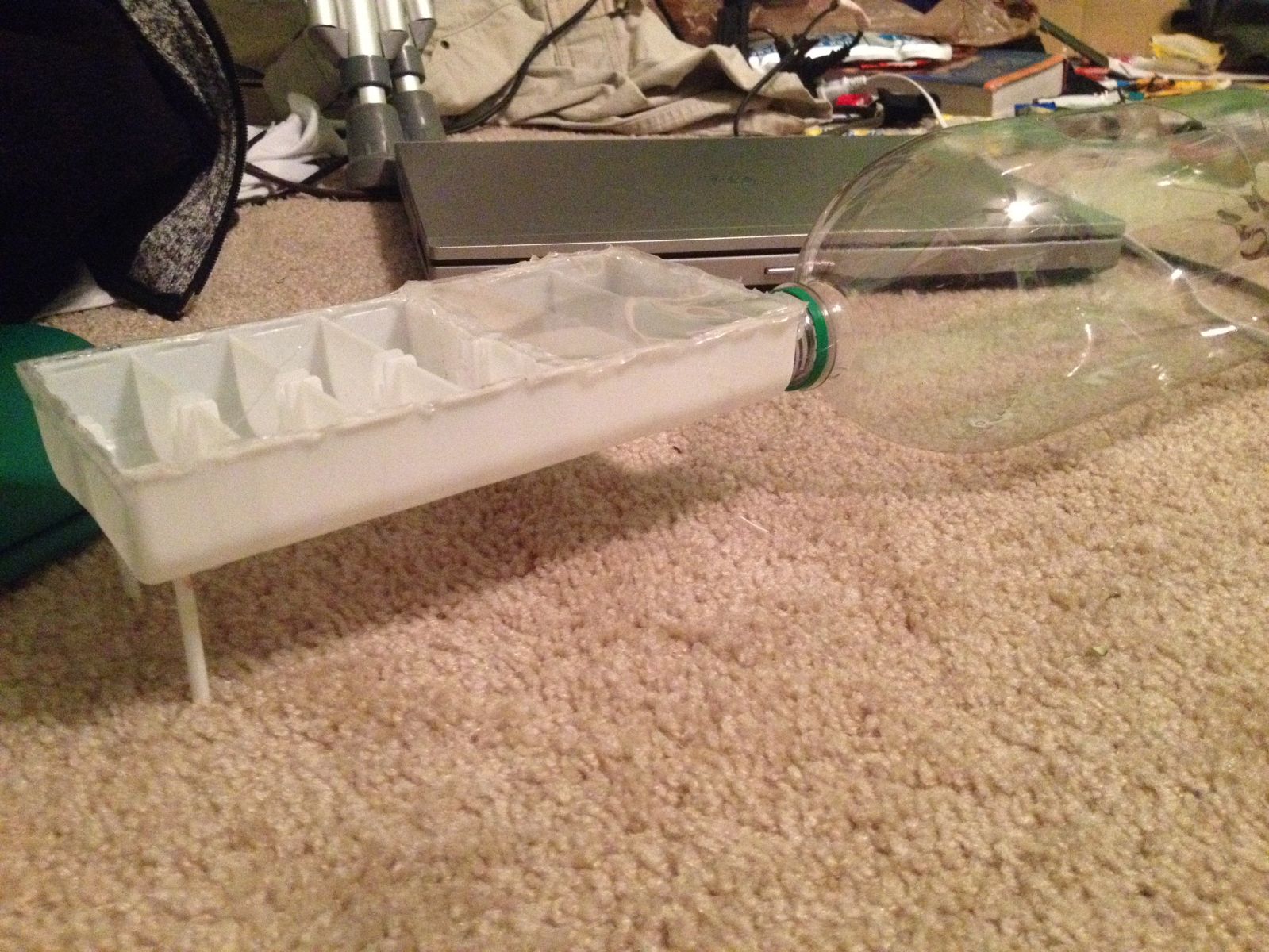
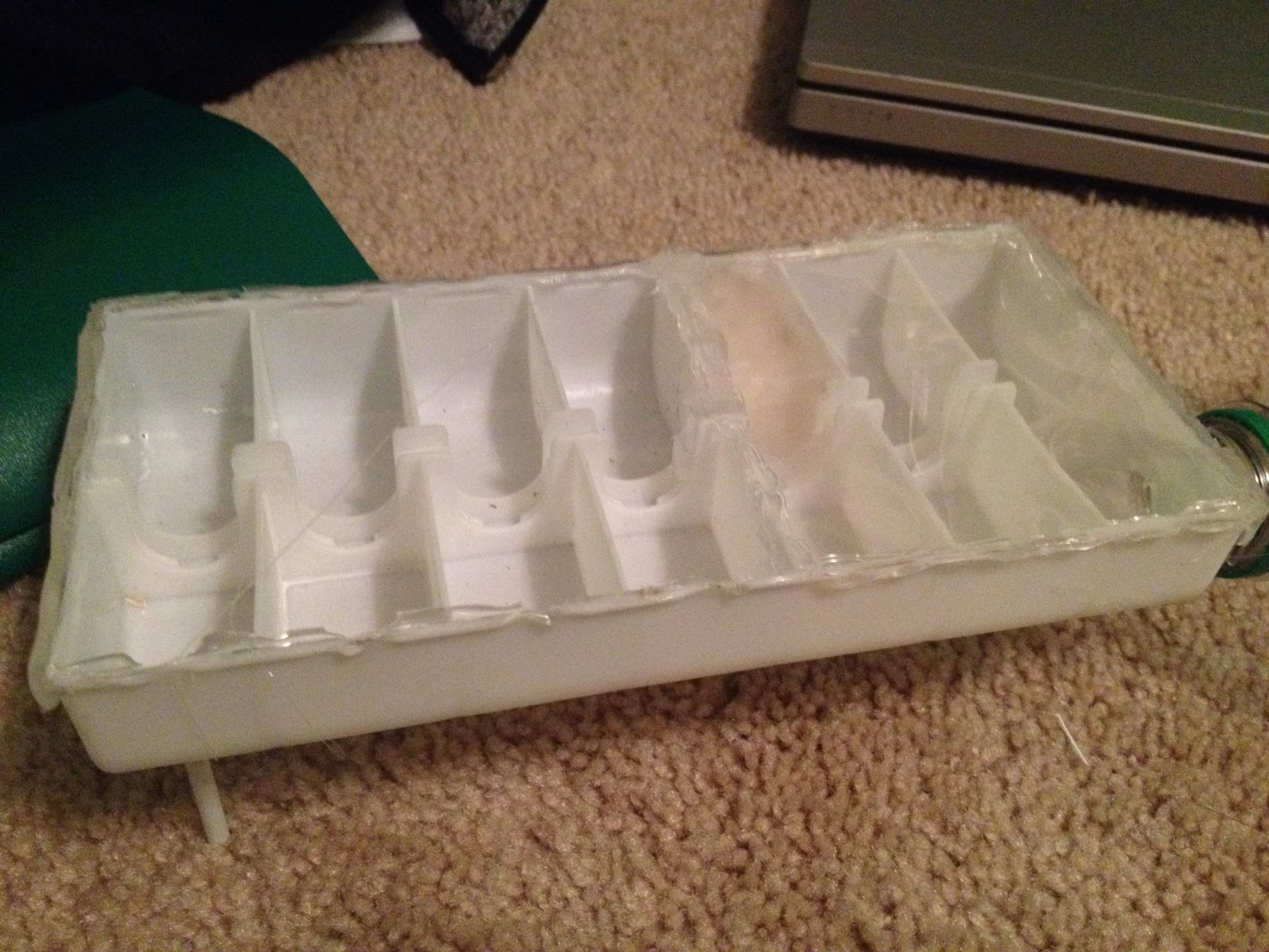
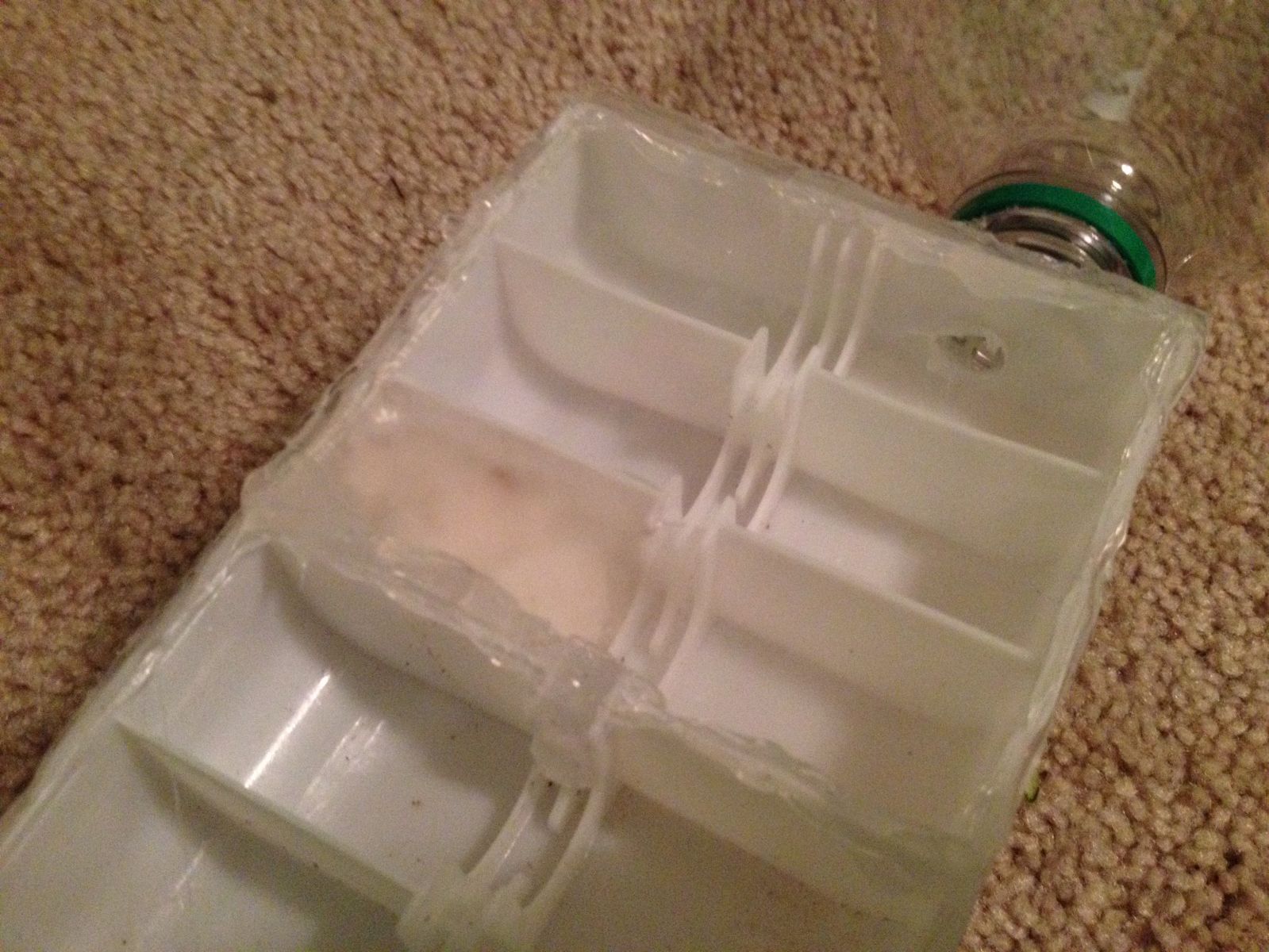
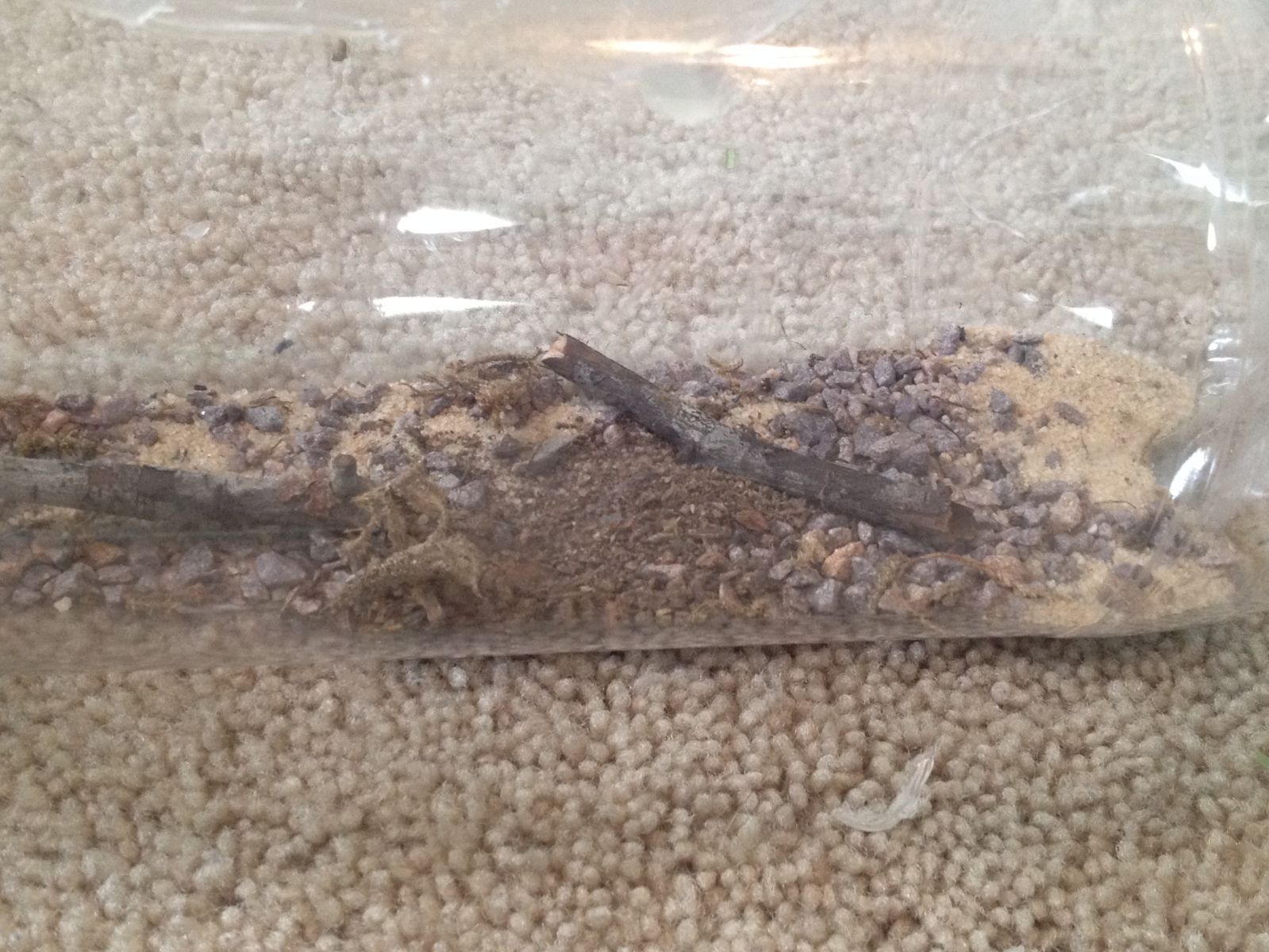
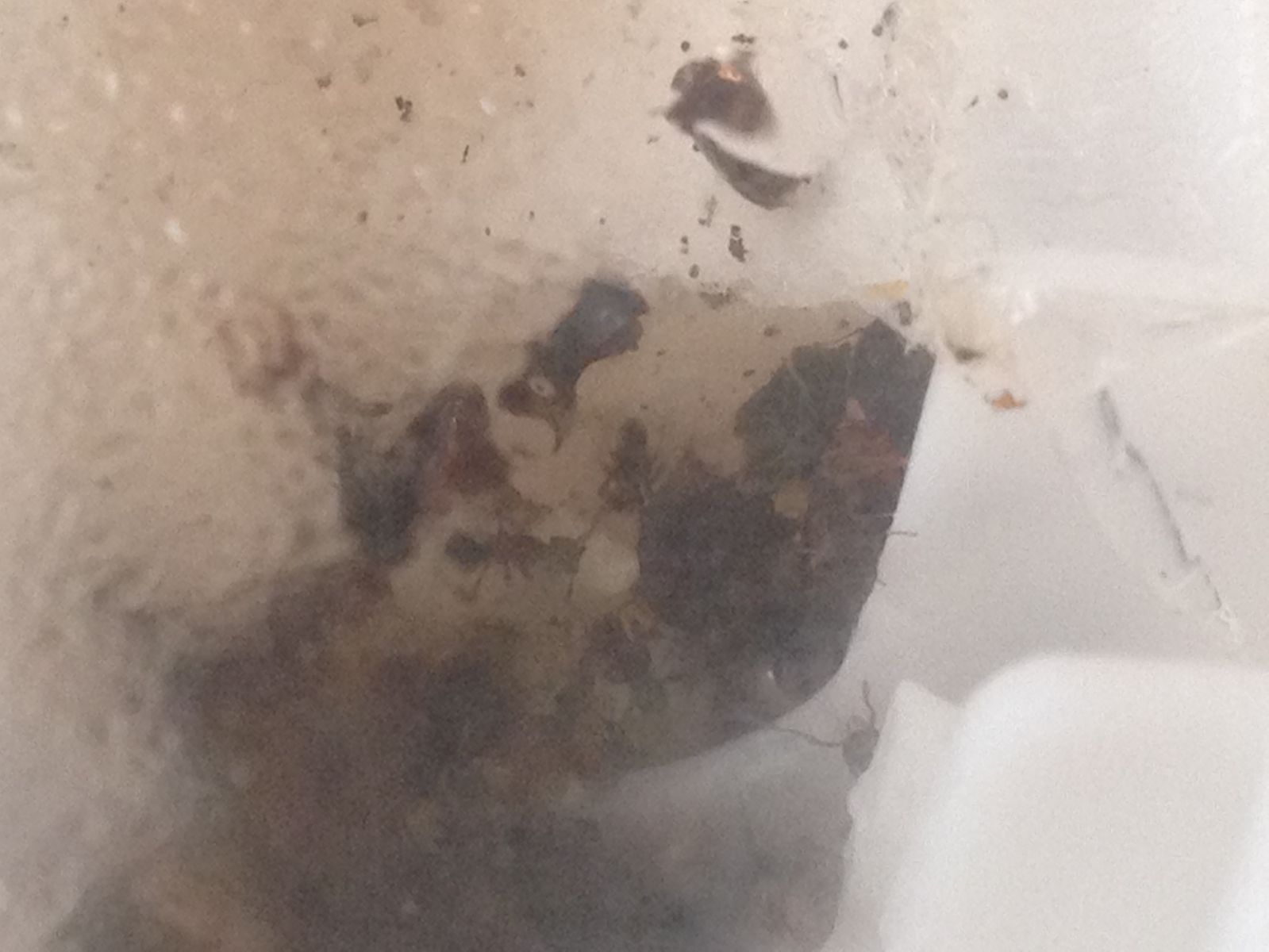
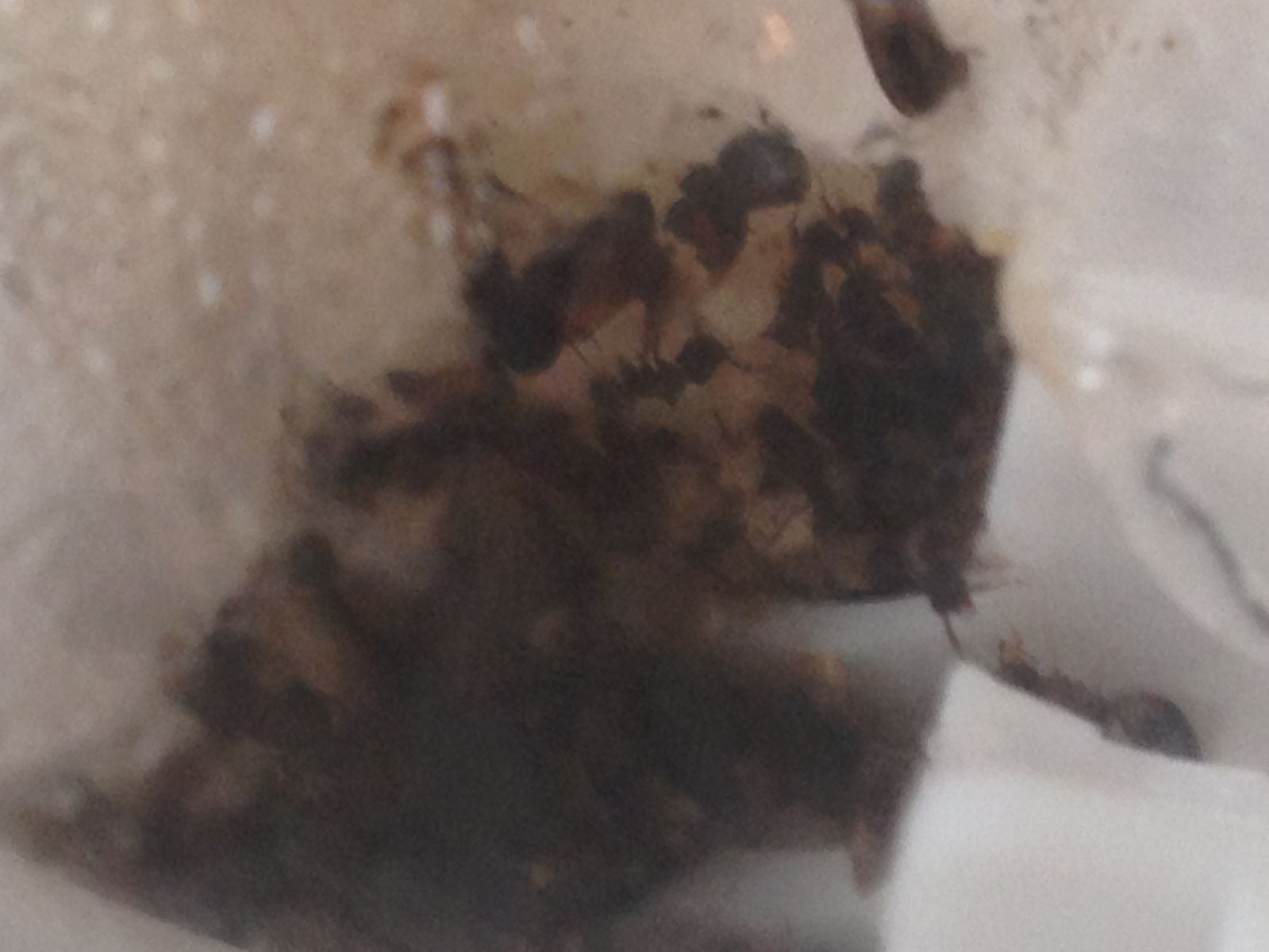
Edited by Ferox_Formicae, July 18 2019 - 6:40 PM.







